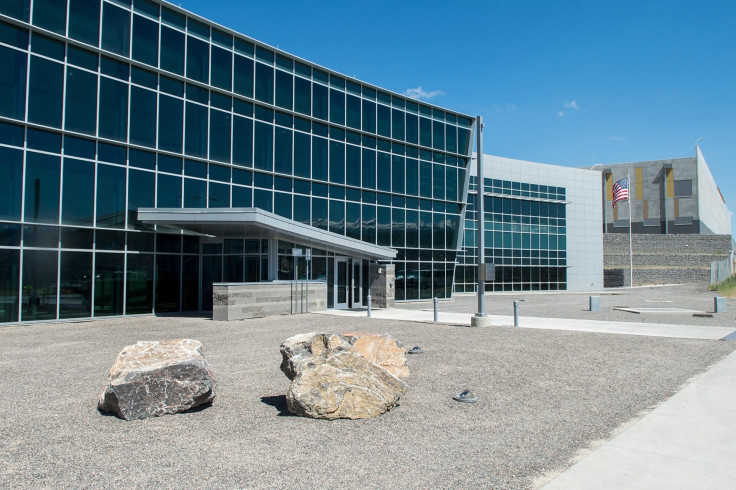Opening Of NSA’s Largest Data Center In Utah Delayed Due To Serious Electrical Issues

The planned opening of a $1.7 billion data center in Utah, which will be the National Security Agency, or NSA's largest data warehouse, has been delayed due to some electrical problems, officials announced on Tuesday.
The Army Corps of Engineers discovered the problems while testing the data center, which was scheduled for an Oct. 1 opening. The facility, which is filled with super computers designed to store huge amounts of classified information, is located on a hill in Bluffdale, a town 25 miles south of Salt Lake City.
According to Corps spokeswoman Diedra Cordell, experts are working to fix the electrical problems, the Associated Press reported.
“The failures that occurred during testing have been mitigated,” NSA spokeswoman Vanee Vines said in an email. “A project of this magnitude requires stringent management, oversight, and testing before the government accepts any building.”
Although the actual purpose of the data center remains a mystery, NSA officials said that the center would be significant in protecting national security networks while allowing authorities to watch out for potential cyber threats.
According to Richard "Dickie" George, a former NSA official, the data center is not as mysterious as it is perceived by some people. He said that the center stores data to help NSA agents elsewhere examine information to track terrorist activities.
It was the Wall Street Journal that first reported the problems with the data center on Monday. According to the Journal, constant electrical surges at the data center destroyed expensive machinery and could delay the facility’s opening by a year.
The Utah facility is said to be NSA’s largest data storage center in the U.S., and is expected to continuously use 65 megawatts of electricity, which is enough to power 33,000 houses.
Reports said that the NSA facility's storage capacity is bigger than that of Google’s (NASDAQ:GOOG) largest data center. And while there is no official estimate of how much data could actually be stored in the facility, outside experts believe it can stock up exabytes or zettabytes of data.
An exabyte is approximately 100,000 times and a zettabyte is roughly 1,000 times the size of the printed material in the Library of Congress, the Journal reported.
James Bamford, an American bestselling author and journalist noted for his writing about U.S. intelligence agencies, especially the NSA, said that the issues with the Utah data center appeared to be very serious from what he read in the Journal’s report.
“There's never been a time in U.S. history where they've tried to collect so much data in one place and then try to access it from other places on a cloud,” Bamford told AP.
© Copyright IBTimes 2024. All rights reserved.












